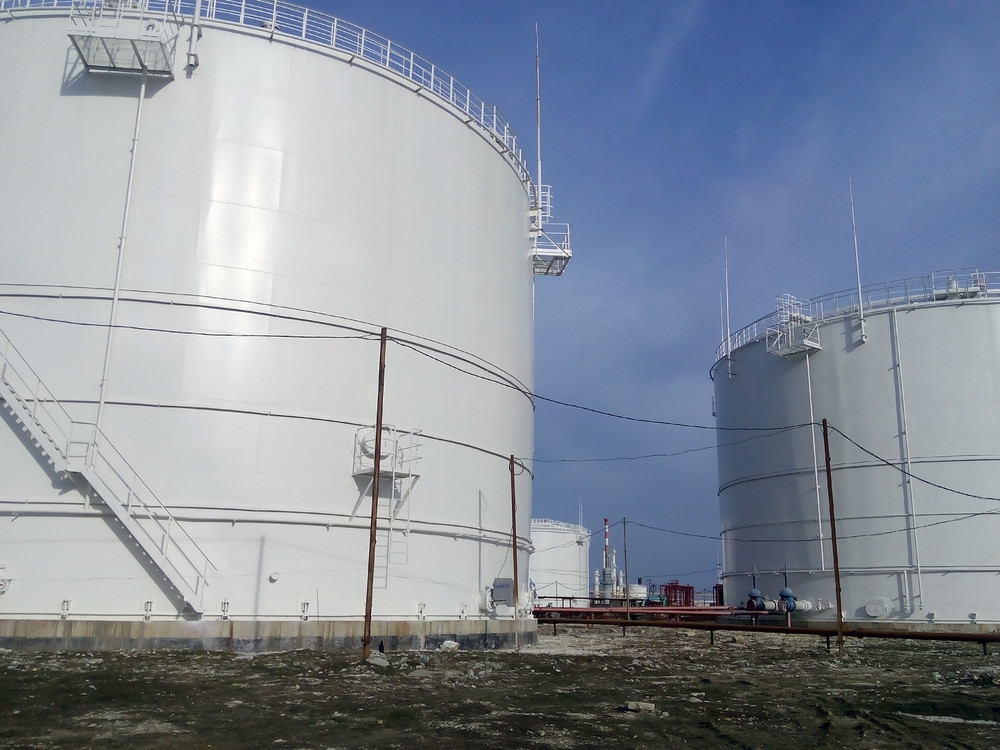Heavy Lifting Endangers Nurses and Their Patients


Are nursing home and hospital patients in danger? News sources suggest that caretakers might be at greater risk than their patients. USA Today reports, “Back injuries to health-care workers cost billions of dollars annually and are a primary reason for nurses choosing to leave the profession.” Hospital and nursing home management can avoid costly citations, and retain nurses, by addressing growing safety concerns.
Broken Rules Put Nurses’ Safety and Jobs On the Line
“The official guideline from the National Institute for Occupational Safety and Health is that nurses should lift no more than 35 pounds at any given time, but few hospitals and nursing homes follow that rule,” USA Today adds. Ignoring important safety guidelines put nurses — and their patients — at risk. According to USA Today, 80% of nurses routinely suffer muscle and joint pain. The New York Times weighs in: “Recent research published in two journals, The American Journal of Nursing and Clinical Nurse Specialist, reveals that when nurses suffer, so do their patients.” In fact, nurses suffering from back injuries were 20% more likely to make mistakes during patient care.
Avoiding Costly Citations from the Occupation Safety and Health Administration (OSHA)
A single citation from the Occupational Safety and Health Administration (OSHA) ranges from $5,000 to $500,000! Moreover, Jemarion Jones, a representative of the American Nurses Association (ANA) stated, “Manual patient handling is unsafe and directly responsible for musculoskeletal disorders suffered by nurses.” Here’s how employers can keep nurses safe from lifting injuries and musculoskeletal disorders:
- Provide assistive lifting and handling equipment. Stock and freight workers use forklifts, platforms with swivel casters or ball casters, and leveling feet to lift and move objects without straining muscles. Medical employers should extend the same courtesy to their workers. There are plenty of automated lifting tools available to help safely and efficiently move patients.
- Keep lifting simple. Lifting awkwardly shaped objects increases the likelihood of injury. Use industrial handles and industrial knobs (such as t knobs) on heavy medical equipment.
- Encourage team lifting. As a temporary solution, employers should encourage nurses to lift in pairs instead of bearing the brunt of a patient’s weight alone.
Don’t let increased hazards go unnoticed. Keep nurses and patients safe — and protect company assets — by providing employees with automated lifting equipment and industrial handles, or encouraging team lifting. More: Steel cable ties

